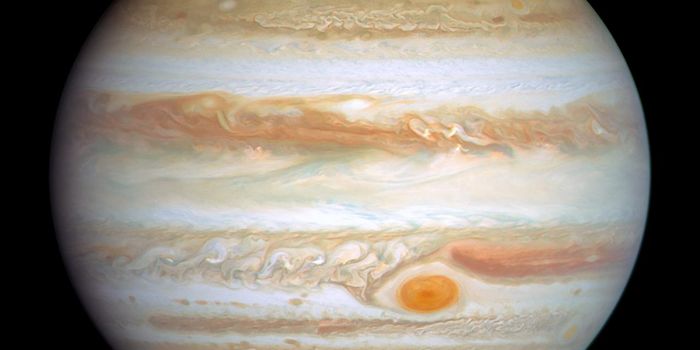Mapping Lunar Water: The High-Tech Instruments of NASA's Lunar Trailblazer
In the ongoing search for water ice on the Moon, NASA’s Lunar Trailblazer mission hopes to advance lunar exploration as the agency’s Artemis missions ramp up in the next few years to land humans on the lunar surface for the first time since 1972. As Lunar Trailblazer gears up for its projected launch date sometime in early 2024, the spacecraft recently added the Lunar Thermal Mapper (LTM), which will complement the High-resolution Volatiles and Minerals Moon Mapper (HVM3), the latter of which was added in December 2022. The combined powers of these instruments will assist in locating and estimating the size of the water ice regions on the lunar surface.
Image of the Lunar Trailblazer’s High-resolution Volatiles and Minerals Moon Mapper (HVM3) science instrument (top) and the Lunar Thermal Mapper (LTM) (lower right). Combined, these instruments will help locate regions of water ice on the lunar surface while also unveiling the thermal properties and surface composition of those regions, as well. (Credit: Lockheed Martin Space)
“Lunar exploration is an international endeavor, and Lunar Trailblazer embodies that spirit with the University of Oxford’s and UK Space Agency’s contribution to the mission,” said Dr. Bethany Ehlmann, who is the mission’s principal investigator at the California Institute of Technology. “With the combined power of both of these sophisticated instruments, we can better understand where and why water is on the Moon and support the next era of Moon exploration.”
The water ice data that Lunar trailblazer will collect will be used to create maps for future robotic explorers and astronauts on the Moon. There is a myriad of applications for lunar water ice, from drinking to fuel to using electrolysis for producing breathable oxygen. The practice for using water ice for these purposes is known as in-situ resource utilization, which involves using resources from the source to be used as substitutes for Earth-based resources. Such an undertaking would undoubtedly reduce both the cost and time for resupply missions from the Earth and could help test new technologies for future lunar human missions, and even to Mars, as well.
“The Lunar Trailblazer mission will improve our understanding of our natural satellite and how we could harness its resources to support exploration in the future,” said Libby Jackson, who is the Head of Space Exploration at the UK Space Agency. “Backing missions and capabilities that will drive opportunities for humanity to venture deeper into space is one of our priorities, so it’s exciting to see the LTM instrument ready for launch.”
As stated, Lunar Trailblazer is currently slated to launch sometime in 2024 and will serve as a secondary payload for IM-2, which is the second Intuitive Machines robotic lunar lander mission, and the launch will also carry a subsurface ice drill from NASA, the Polar Resources Ice Mining Experiment-1 mission.
How much water ice will Lunar Trailblazer locate on the Moon, and how will this water ice assist in future lunar robotic and human missions in the coming years and decades? Only time will tell, and this is why we science!
As always, keep doing science & keep looking up!
Sources: NASA JPL, NASA, NASA (1), NASA JPL (1), NASA JPL (2), NASA (2), NASA (3)









